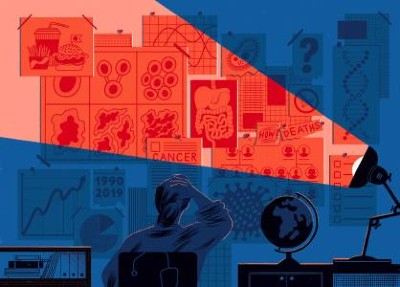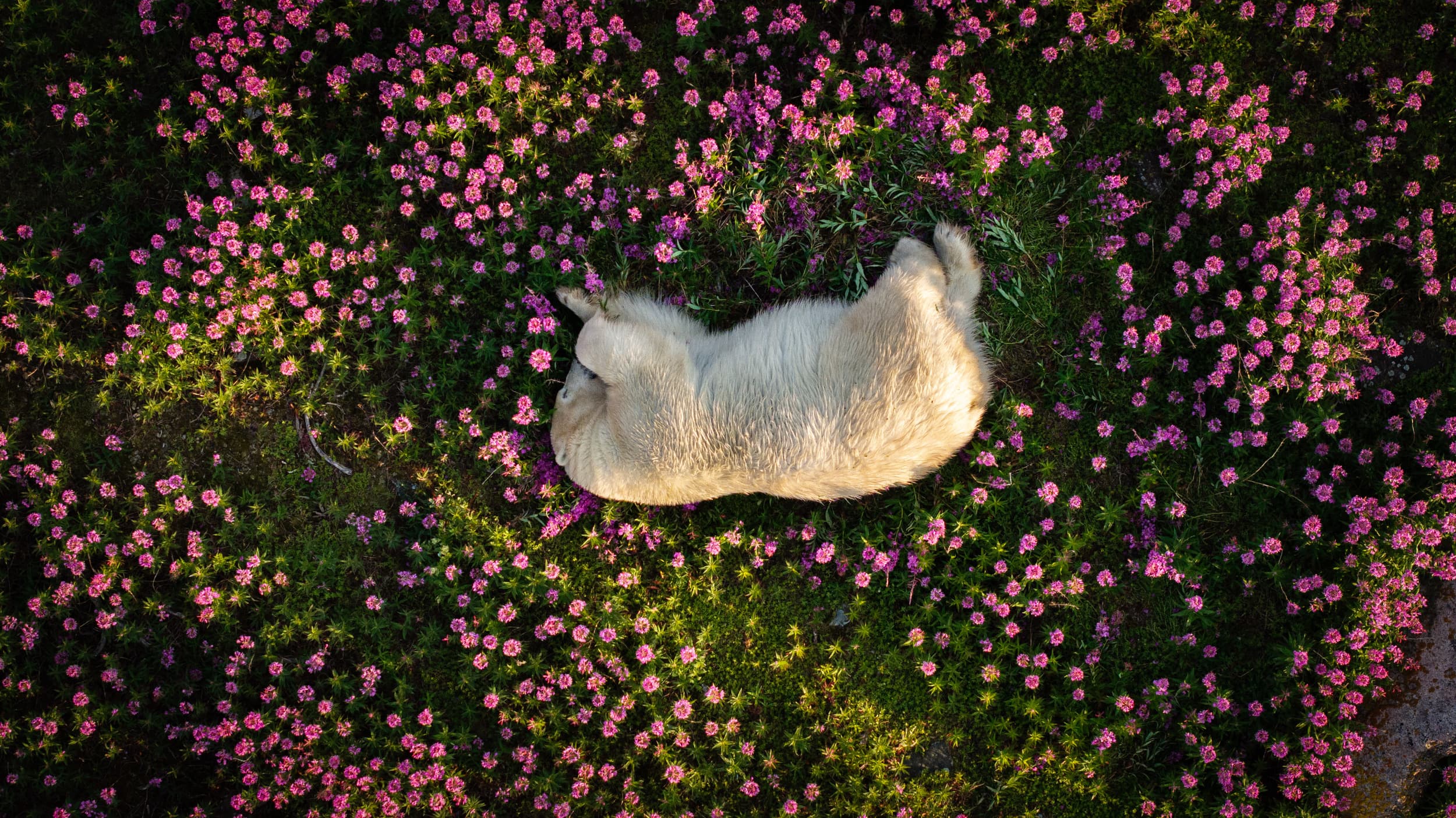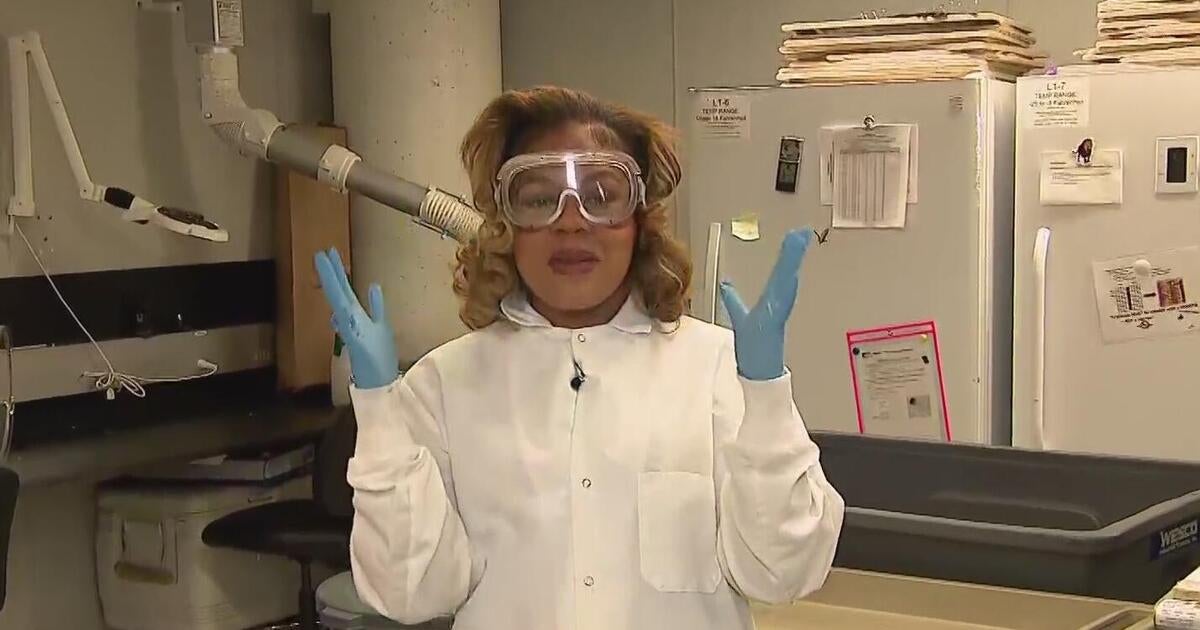-
Kirsten Workman, Pioneer High School science teacher
2RQ|p; hr{fe_siz-lX#:`$7�ZRu|j I0yg}I-lԴd(_IGLIĐ-@A!|3’7Es=*v*vŶTE$+zb`9,’TwwH? wV#2* 9 [^ldP4p@]M}oFX?ln%b_FV9p{BB}Z81.ـ, oIGIMDL;(KX$ Ȓv-wx “pI uۺCL@DKsSED@a6j4ۖ1ti&yrF}BY>i`|%^=⏅kp|OhayiC&?IS1$$% d负j}uA̎’3�TwA$B2qޤAr:lEFCbql/4b^H.S$ovL lܗ$-Yìia& =nF̰�;1}p¤5֎Sٍ`[[ Й_3Wdl30Vl)! @iq6{?h`;?%j1R$bӊP:C kO5[n@d?3_sPW[r~> !yg+KKXU 1(>|J4Ŀ~#{X414bcO-`C.$B eQ.=94/6^-yf~9d|SY=JlTd/joVZw^;ڼRÀދ,^:$6^:J?`K”:O 9(p^G6t$f 5tǡi]CʮzNZ3HR牄6K91/ѰhΜo%# 42kZN߱4adgX| /]@G`AWAC|I`O?8cB8LMveUCi[59zGxYJ;>S+uw?O#Qd^j$PR 9F[b ]n-Z+mg:듎=,ot:TG+j aƥW12j;JzRDp[ ϱ” {۔+vZҿV*Ya/aA’IIeDZc6ĕrcDd12]l~v2 Bxtr/73 (Y5I-2M'{ǟ+a�k�)88@7� >B(rf4+xϼ@8Ζ(%31ʝ0jjHN;;XW*J=f0caK]iYH[m?YoRa*f 0X8M,!& M}r.VH1I{WLX23چ-ysӸ(.S”T7㯳pT”5h *(C”rJ:pJ0O”7& $ۙ-zs 3g1`boO:OVWvaQ/99,㣳h&Lp823Y*M(@mt* �//qL2՝*b}]-IDTKz+FW;70.DUP6ݒ|?WIvuJ!rl5U 4w7=ޞhF=4′? 0Ê.VUqѪdu[괗0ʳDgW|D”UE0Pil#2+[�X)+S)?Y*fx3″P⛮Ug* ߒlhFoۀYS @[ 0=GBEecߋl68ޅ^يz# h_ale%7xcQ%”Øbvb0.}ܷ]6N }IkuN_ꗢ4H4%bvv?]3Lw`>o />y:m9n,qZs}A_m ;e’*d[#FTTA|41ܹh
-
NASA begins mass firings of scientists ahead of Trump team’s deadline

NASA’s headquarters are located in Washington DC; the building itself ias named after Mary Jackson, the agency’s first African American female engineer.Credit: John M. Chase/Getty NASA has abruptly closed its chief-scientist office, along with 2 other offices, firing 23 employees. The 10 March action leaves the agency without a way of feeding independent science advice…
-
Alcohol and cancer risk: what you need to know

Early this year, the US surgeon general issued a bombshell report. Before his term ended in January, Vivek Murthy warned that alcohol increases the risk of at least seven types of cancer and called for alcoholic drinks to carry cancer warning labels as cigarette packs do. The report1 triggered a flurry of headlines about a…
-
Daily briefing: NASA begins mass firings of scientists

Hello Nature readers, would you like to get this Briefing in your inbox free every day? Sign up here. NASA’s headquarters are located in Washington DC; the building itself ias named after Mary Jackson, the agency’s first African American female engineer.Credit: John M. Chase/Getty NASA begins mass firings NASA has become the first US agency…
-
Quantum Glitches: Scientists Catch Nature’s ‘State Changes’ in Superconducting Circuits

In a significant advancement for quantum science, researchers have successfully observed both first and second-order dissipative phase transitions in a superconducting quantum system—a feat that could reshape future quantum computing technologies. The study, published March 10 in Nature Communications, documents how a team led by Professor Pasquale Scarlino at EPFL (École Polytechnique Fédérale de Lausanne)…
-
Science diplomacy can help to heal global rifts — if research is respected

Protesters outside an IPCC meeting in Sweden in 2013 urge policymakers to accept that humans are warming the planet.Credit: Jonathan Nackstrand/AFP/Getty We are in an era of disruption. The geopolitical context is increasingly adversarial, power is more widely distributed, and relationships among leading powers have become more competitive.” These are the opening lines of Science…
-
Daily briefing: Thousands protest Trump cuts at #StandUpForScience rallies

Hello Nature readers, would you like to get this Briefing in your inbox free every day? Sign up here. Protesters advocate for science at the Stand Up for Science rally in Washington DC, holding an upside-down American flag as a sign of distress.Credit: Kent Nishimura/Reuters ‘Scientists will not be silenced’ Thousands of researchers and supporters…
-
Why we organized ‘Stand Up For Science’

In the USA, the Trump administration has signed executive orders that impose censorship on key areas of scientific research, strip government scientists of their jobs and reduce federal funding for science. Five co-organizers of the nationwide Stand Up For Science movement explain the need for collective action at this time. Download PDF Credit: Emma Courtney.…
-
15 breathtaking images from the Nature Photography Awards

Share A polar bear lounges in a field of pink flowers. An arctic fox skips gingerly as the thaw of spring moves in. And a baby chimpanzee sips a bottle. The 2024 Nature Photography Contest showcases the complicated beauty and inspiring resiliency of our planet. Photographer Christopher Paetkau took home top honors (and a €1000…
-
Go behind the scenes at Denver Museum of Nature and Science for the Girls and Science kickoff event

Go behind the scenes at Denver Museum of Nature and Science for the Girls and Science kickoff event – CBS Colorado Watch CBS News CBS Colorado’s Kennedy Cook takes us behind the scenes at the Denver Museum of Nature and Science where the 11th annual Girls and Science event kicks off Friday night and focuses…